|
I am a computational research scientist in the computing group of the Advanced Light Source at Berkeley Lab working on supporting data analysis workflows for synchrotron experiments. Prior to my current position, I graduated from KTH Royal Institute of Technology with a PhD in high-performance computing and visualization under guidance of Tino Weinkauf. I received a master's in computer science and engineering from KTH Royal Institute of Technology and a master's and bachelor's in informatics from the Technical University of Munich (TUM). I also spent some time as a research and teaching assistant at the Biomimetic Robotics and Machine Learning group at the Technical University of Munich. My main focus there was on adaptive transfer functions for artificial neural networks. CV / Google Scholar / GitHub / LinkedIn / Twitter |

|
|
My main research interests are the visualization and analysis of scientific data with a special focus on improved and novel user interfaces supporting the entirety of the experimental process, algorithmic techniques for identifying and tracking features, and visualization of high-dimensional and multi-modal data. |
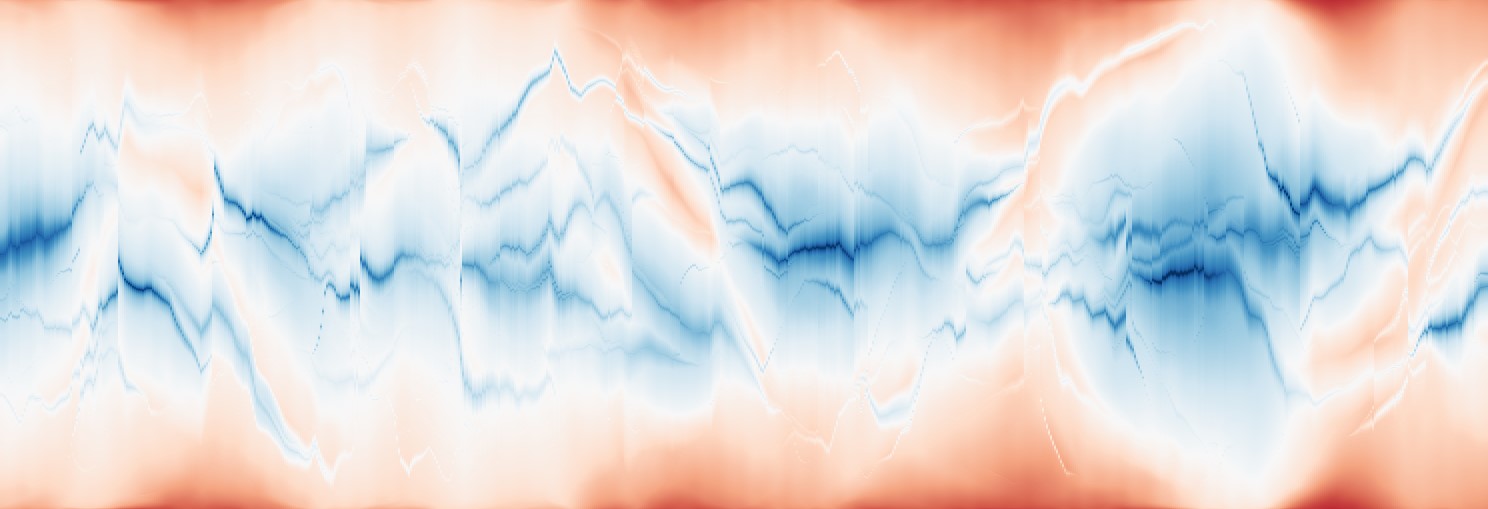
|
We present a static visualization of time-dependent scalar data. Our method uses augmented merge trees to map the data samples of each time step to a one-dimensional slice. These are arranged horizontically and a greedy heuristic is employed to achieve temporal coherence. In comparison to feature-based method or alternative domain linearizations, our method shows the full data context and keeps features intact. |
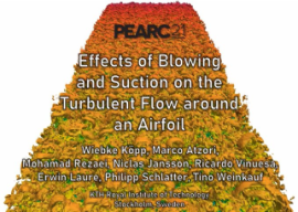
|
In this video, we illustrate a set of high-fidelity numerical simulations aimed at evaluating different control strategies applied to a wing profile. Our results show that reducing skin friction, which is one of the contributions to drag, does not always guarantee higher performance. Indeed, one of the control strategies that we studied reduces skin friction, but it increases the pressure contribution to drag and reduce lift, eventually resulting in lower aerodynamic efficiency. Viceversa, a second control strategy improves aerodynamic efficiency even though it increases skin friction because it reduces pressure drag and increases lift. |
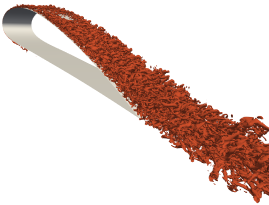
|
We design and develop in-situ visualization with Paraview Catalyst in Nek5000, a massively parallel Fortran and C code for computational fluid dynamics applications. We perform strong scalability tests up to 2,048 cores on KTH's Beskow Cray XC40 supercomputer and assess in-situ visualization's impact on the Nek5000 performance through profiling with Arm MAP. In our study case, a high-fidelity simulation of turbulent flow, we observe that in-situ operations significantly limit the strong scalability of the code, reducing the relative parallel efficiency to only ~21\% on 2,048 cores (the relative efficiency of Nek5000 without in-situ operations is ~99\%). |
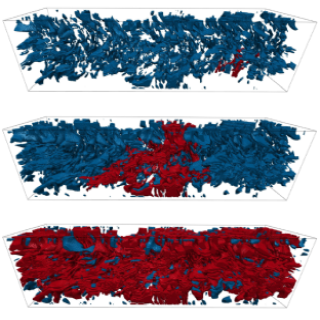
|
We propose a novel memory-distributed parallel algorithm to finely sample the percolation function. It is based on a parallel version of the union-find algorithm interleaved with a global synchronization step for each threshold sample. The efficiency of this algorithm stems from the fact that operations in-between threshold samples can be freely reordered, are mostly local and thus require no inter-process communication. Our algorithm is significantly faster than previous algorithms, and is neither constrained by memory size nor number of compute nodes. *Both authors contributed equally |
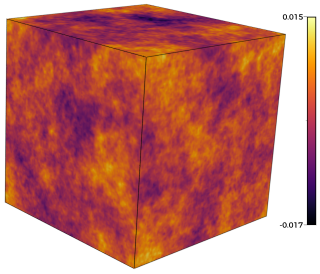
|
In this work, we explore how different characteristics of a scalar field such as its histogram or degree of structure influence the shape of the percolation function. We estimate the critical value and transition width of the percolation function, and propose a corresponding normalization scheme that relates these values to known results on infinite graphs. In our experiments, we find that percolation analysis can be used to analyze the degree of structure in Gaussian random fields. On a simulated turbulent duct flow data set we observe that the critical values are stable and consistent across time. *Both authors contributed equally |
|
|
We present a method to visualize temporally evolving trees with changing topology and data in a static, nested, and space-filling visualization. This is based on two major contributions: First, the layout constitutes a graph drawing problem. We approach it for the entire time span at once using a combination of a heuristic and simulated annealing. Second, we propose a rendering that emphasizes the hierarchy through an adaption of the classic cushion treemaps. We showcase the wide range of applicability using data from feature tracking in time-dependent scalar fields, evolution of file system hierarchies, and world population. |
|
|
We present a novel, parameterizable transfer function based on the mathematical concept of non-integer functional iteration that allows the operation each neuron performs to be smoothly and, most importantly, differentiablely adjusted between addition and multiplication. This allows the decision between addition and multiplication to be integrated into the standard backpropagation training procedure. |
|
(August 2022) |